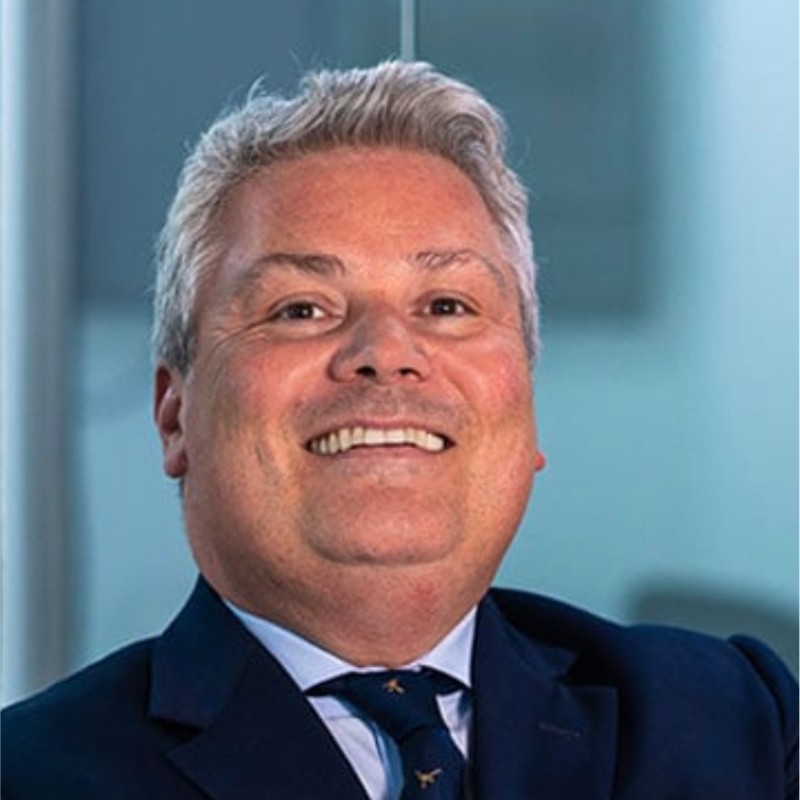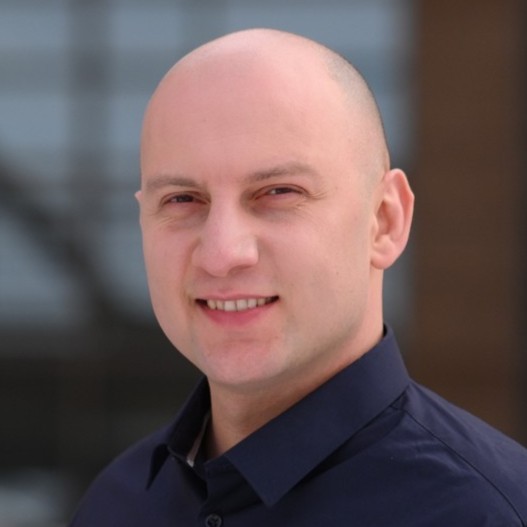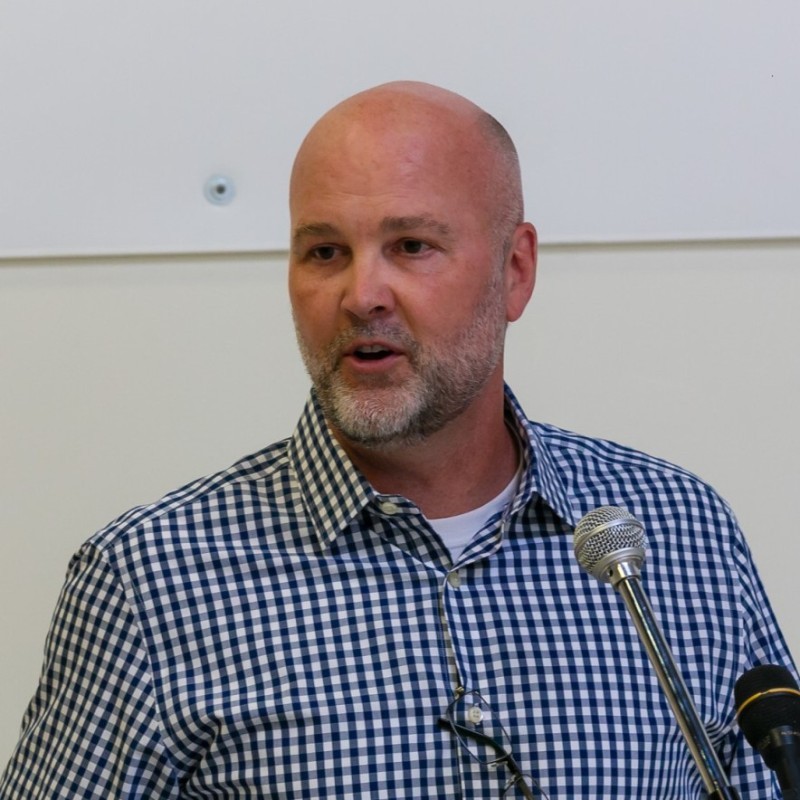Entrepreneur Journeys
The Startup Velocity Question: What Hinders Acceleration in VC Funded Companies?

I have been running 1Mby1M since 2010. I find myself saying to entrepreneurs ad nauseam that VCs want to invest in startups that can go from zero to $100 million in revenue in 5 to 7 years.
Startups that do not have what it takes to achieve velocity should not be venture funded.
Experienced VCs, over time, have developed heuristics to gauge what constitutes a high growth venture investment thesis.
>>>1Mby1M Udemy Courses with Sramana Mitra: Bootstrapping

Over the course of two years, we have released over 70 courses on Udemy with the aim to democratize entrepreneurship education at scale globally. This series of posts aims to help you find the one you need easily and provide you with discount coupons.
>>>Serial Entrepreneur Bootstrapping Three PropTech Ventures: LuxuryProperty Founder Jason Hayes (Part 1)

Jason has worked at the cusp of real estate and digital marketing for 35 years and built three successful ventures. All of them are bootstrapped, organically grown, capital efficient businesses.
Sramana Mitra: Let’s start at the very beginning of your journey. Where are you from? Where were you born and raised? What kind of background?
>>>Featured Videos
Can 1M/1M Help Me Raise Money?
How Does 1M/1M Democratize Entrepreneurship Education?
How Does 1M/1M Democratize Management Consulting?
When Is The Right Time To Join 1M/1M?
Can 1M/1M Help Me With Business Development?
Can 1M/1M Help Me With Market Sizing?
Can 1M/1M Help Me Validate My Product?
Will I Have Private 1-on-1 Sessions In 1M/1M?
How Does 1M/1M Help Entrepreneurs Connect With Silicon Valley?
Mentoring or Consulting?
Why Does 1M/1M Charge $1000 a Year?
Why Does 1M/1M Partner With Local Organizations?
Why Don\’t Mentoring Networks Work?
Why Is It Important To Study With 1M/1M Now?
Dan Stewart Story
Vikrant Mathur Story
Building an AI-Powered Pharmaceutical Services Business: VIDA CEO Susan Wood (Part 1)

This conversation not only highlights Susan and VIDA’s journey but is an excellent analysis of the Pharmaceutical Services space. If you’re looking to do/doing a startup in this field, the conversation should be illuminating.
Sramana Mitra: Let’s start at the very beginning of your journey. Where are you from? Where were you born and raised? What kind of background?
>>>From PhD Student to Machine Learning Entrepreneur: SuperAnnotate CEO Tigran Petrosyan (Part 1)

Tigran and his brother were Ph.D. students when they decided to quit their Ph.D. program and build a company out of their Ph.D. research technology.
They have since raised over $15M in funding and built a customer base of ~200 in their ML Ops business. They are leveraging countries like Armenia and Bangladesh for development and data services.
>>>How NOT To Build a Startup: Ned Hill, CEO of Position Imaging (Part 1)

I seldom get to interview an entrepreneur who is candid about his mistakes. Yet, people tend to learn more from failures than from successes.
In this story, you will see how Ned built technology looking for a problem to solve, an absolute no no.
You will also see the negative impact of not validating your product idea upfront.
Read on. This is a unique interview.
>>>Blocking Ransomware at the Hard Drive Level: John Benkert, CEO of Cigent (Part 1)

Ransomware is a key Cyber Security challenge that drives enterprises and governments crazy. John has built a very interesting company to address this problem with a unique approach and lots of patented Intellectual Property. In this case study, you will also learn a lot about Go To Market Strategy through Firmware.
Sramana Mitra: Let’s go to the very beginning of your journey. Where are you from? Where were you born, raised? What kind of background?
>>>Bootstrapping with Services at the Cusp of AI and FinTech: Vahe Andonians, Founder of Cognaize (Part 1)

In this case study, you will hear Vahe talk a lot about bootstrapping – bootstrapping to exit, bootstrapping with services, so on. You will also learn a nifty way of building domain knowledge on top of horizontal AI expertise. This is a valuable and extremely interesting way of building AI companies for entrepreneurs to consider.
>>>Digital Nomad Building a $5M+ E-Commerce Business: IntelligentLabs CEO Rus Hughes (Part 1)

Rus lives the life of a digital nomad. He started life as a techie, and with a very small team and a cofounder, has built a $5M+ niche e-commerce business selling supplements. Excellent story full of lessons and nuances.
Sramana Mitra: Let’s start at the very beginning of your journey. Tell me about where you grew up. What is the beginning of the story?
>>>The Power of Bootstrapping: Achieving Small Exits for Capital-Efficient Startups

I’m a big advocate for building small, capital-efficient startups. Not all entrepreneurs need to chase Unicorns. Not all investors need to chase Unicorns. There are many more viable ideas for those smaller ventures and there are considerably more opportunities for their exits, which means cashing in earlier on your hard work.
One type of exit is under $50 million, and to achieve that, your strategy should be to build a capital-efficient company that shows product-market fit in an efficient, bootstrapped manner.
That capital-efficient strategy is required for all stakeholders to make money when harvesting through smaller exits.
A Mini-MBA in Entrepreneurship for Working Professionals

Most adult professionals have jobs, families, and other responsibilities. People working in the tech industry have big salaries to forego if they want to start a company.
For ambitious folks who want to start a technology startup while working full-time, having a job means your income doesn’t depend on the immediate success of your startup business. We call this method Bootstrapping with a Paycheck and take entrepreneurs through the whole bootstrapping using a paycheck process with excellent case studies.
A Conversation on Regional Language Content: Kocowa CEO KunHee Park (Part 1)

There’s quite a bit of white space in the domain of regional language content.
KunHee talks about Korean content. It should give you ideas that you can extrapolate into other languages.
Sramana Mitra: Let’s start from the very beginning. Where are you from? Where were you born, raised, and in what kind of background?
>>>